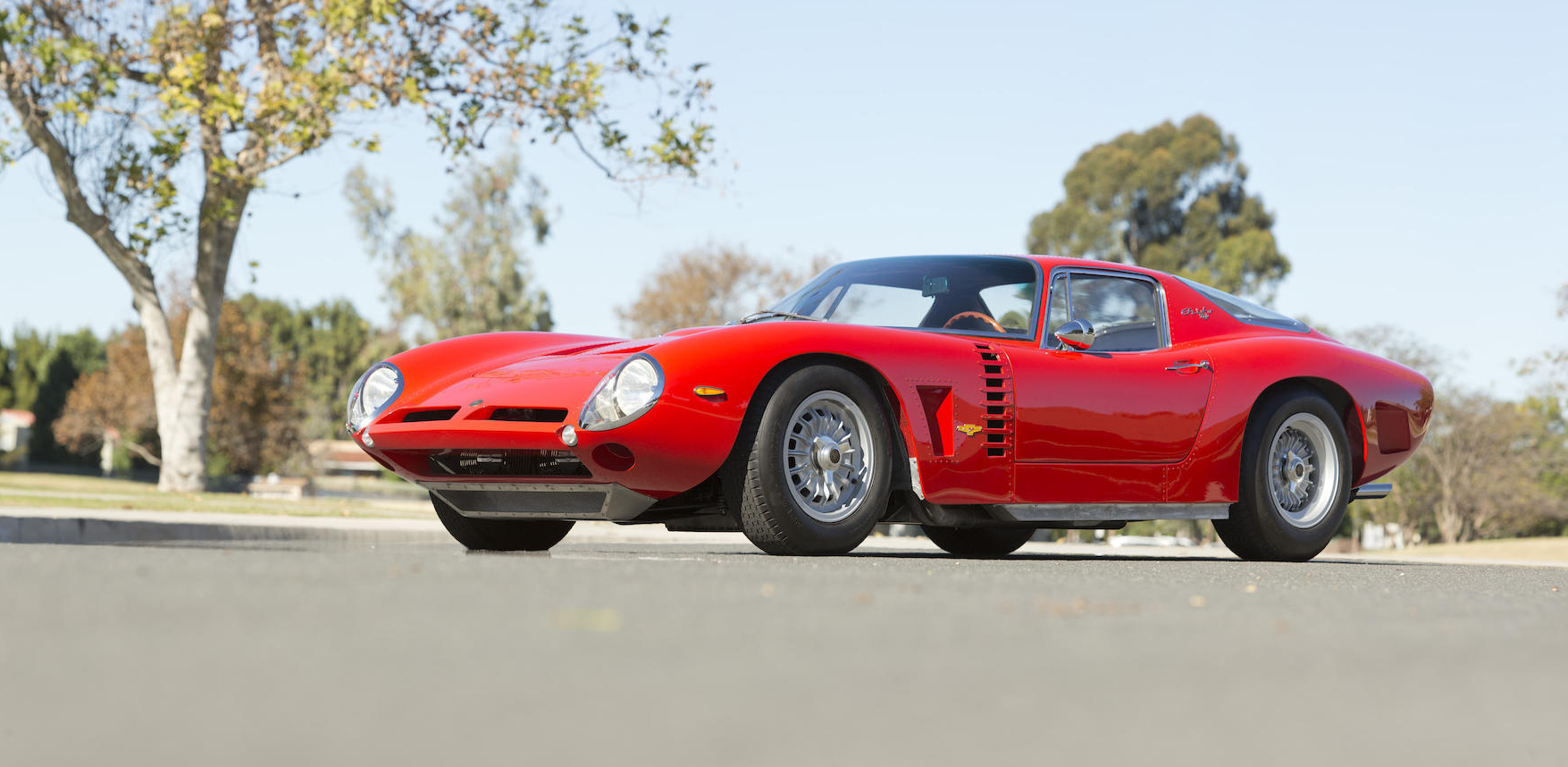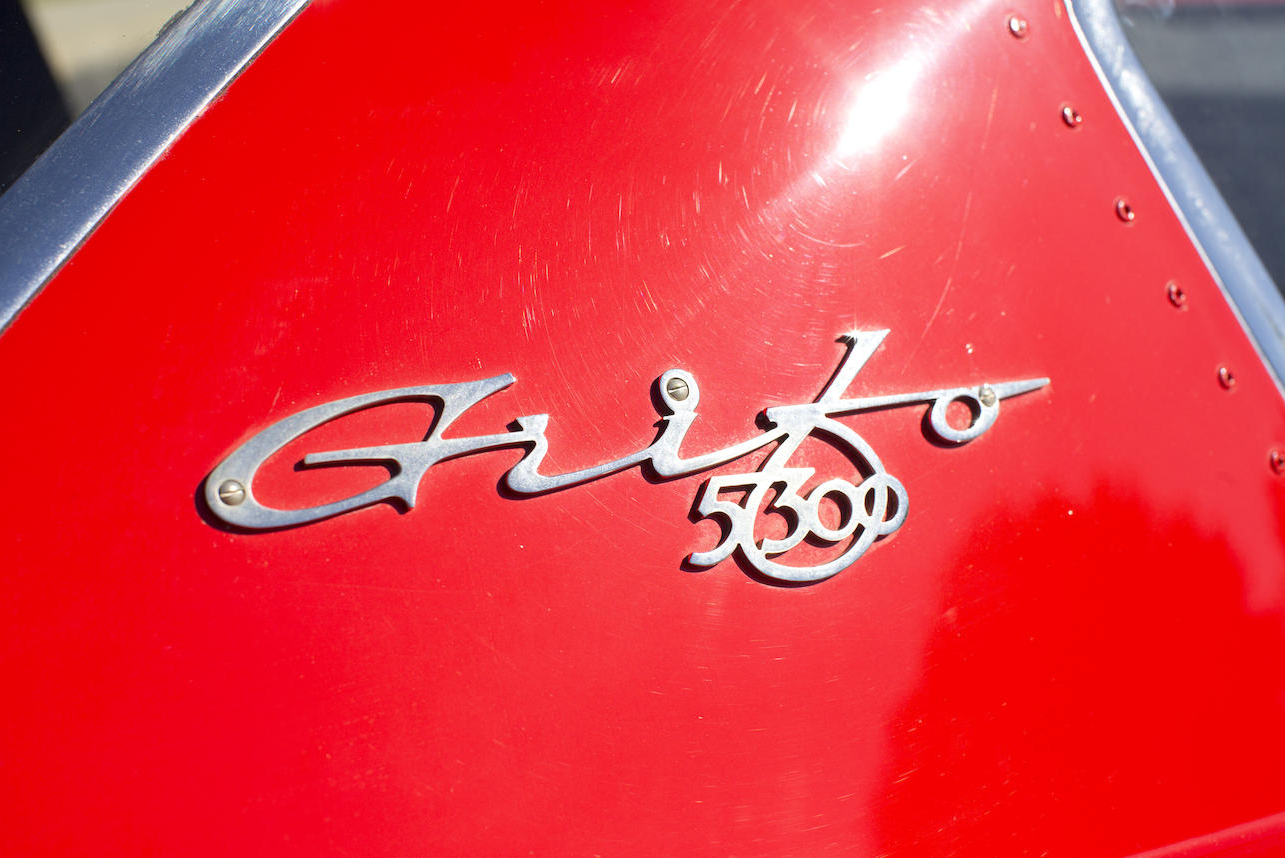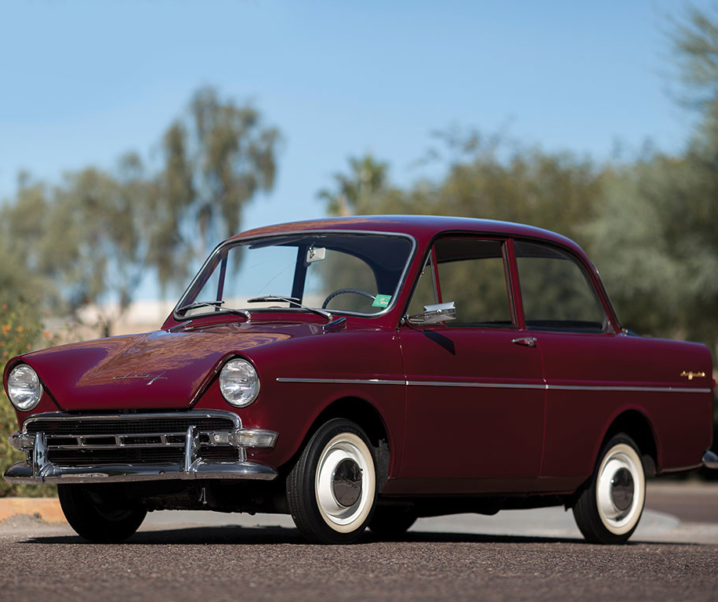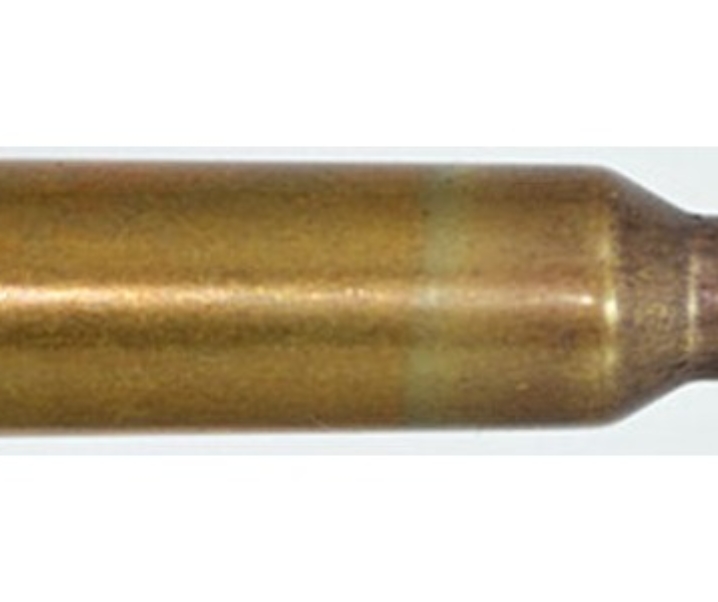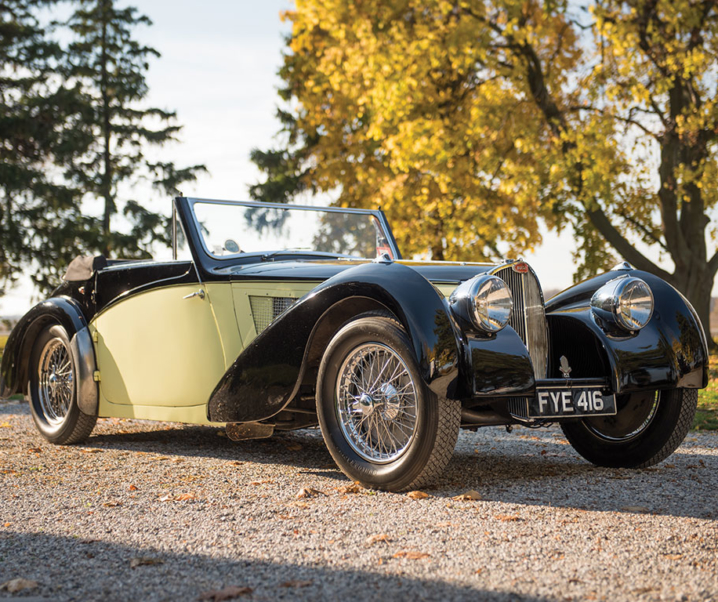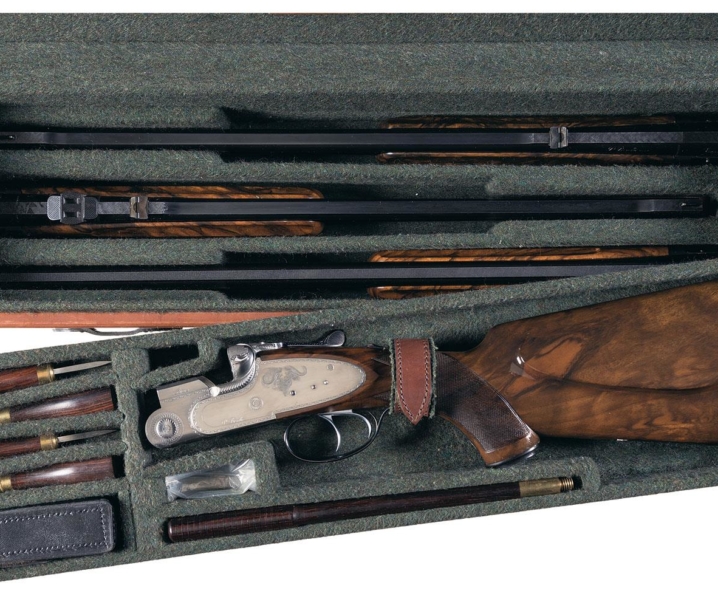The Iso Grifo A3 Competizione and its near identical siblings the Bizzarini GT 5300 Strada and GT America are, in my mind at least, the most desirable cars made for enthusiasts ever, bar none. If you give me a line-up of the most desirable GT cars ever made it won’t matter what’s in that line-up I’ll choose the Bizzarrini design every time without needing so much as an eye blink to think about it.
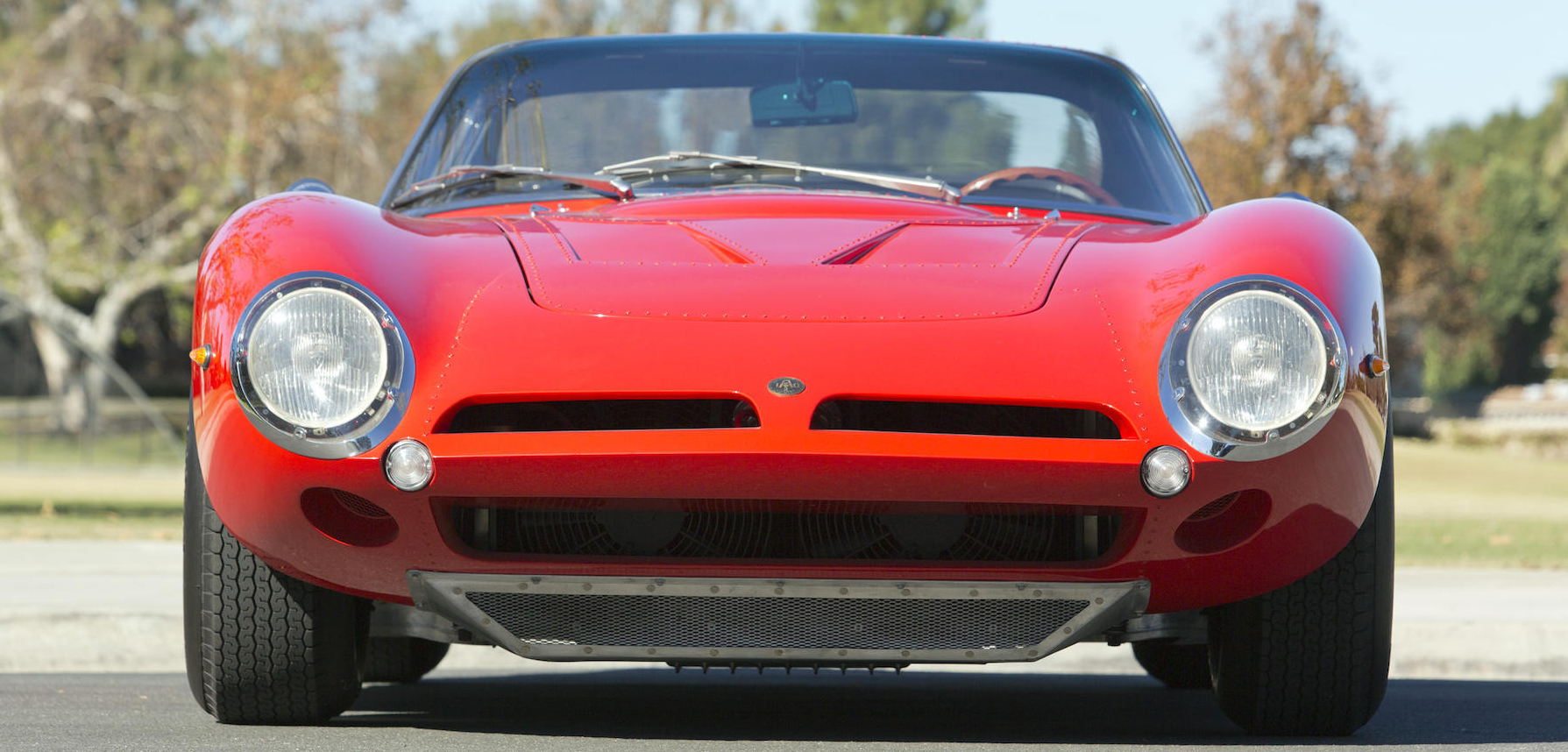
That being said I doubt that I could comfortably afford the insurance on one. If you want to find out if you can you’ll find the Hagerty Classic Car Insurance quotation page if you click here and if you want to do a valuation on a car you can use their valuation page if you click here.
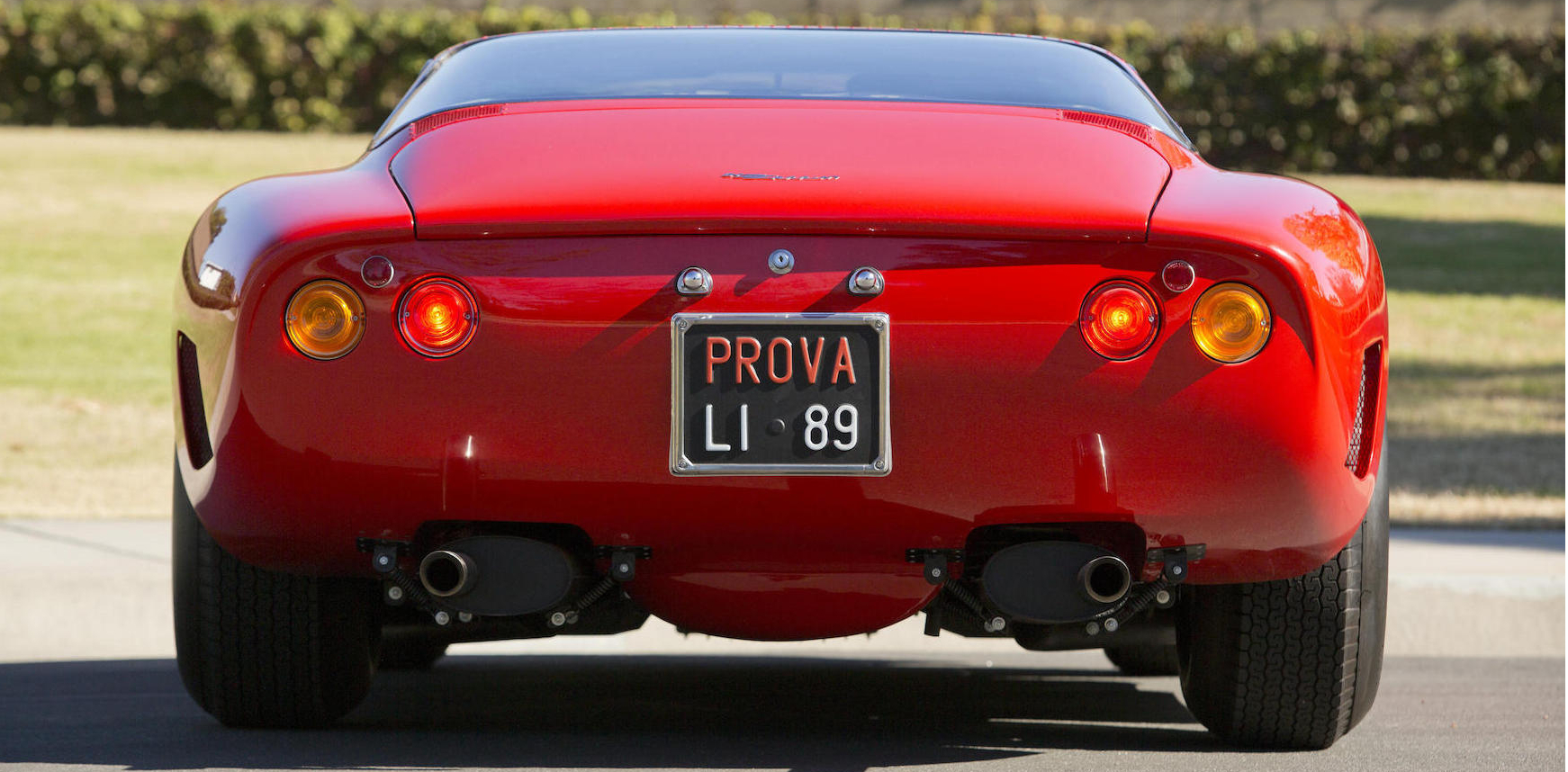
Bizzarrini’s design of the Iso Grifo Competizione overlaid by Giorgetto Giugiaro’s graceful bodywork is so austere and so purposeful it almost looks like it could have been a kit car available for the enthusiast to assemble themselves as the Lotus Elan was. In truth the Bizzarrini and Giugiaro design was uncompromising in its creation to provide the most exciting, practical and balanced front mid-engine GT car made.

Some may not have heard of a “front mid-engine” before and indeed the term is not widely used, partly because not many such cars exist. Just as we use the term “rear engine” for a car in which the engine overhangs behind the rear axle line we use the term “front engine” for a car whose engine, to whatever extent, overhangs the front axle line. In the Bizzarrini design of the Iso Grifo A3 Competizione the engine sits well behind the front axle line and intrudes back into the cockpit. Bizzarrini was determined to achieve as perfect a 50/50 weight distribution as possible.

Those who were blessed with being allowed to review the Iso Grifo A3 Competizione or the Bizzarrini GT America or GT Strada back in the sixties commented on the sheer lowness of the car and its width, bringing its center of gravity as low as possible and giving it extraordinary stability.
The interior of the cockpit is at once comfortable, ergonomic and “Spartan” as the reviewer for Road and Track magazine noted in his review in the mid-sixties.
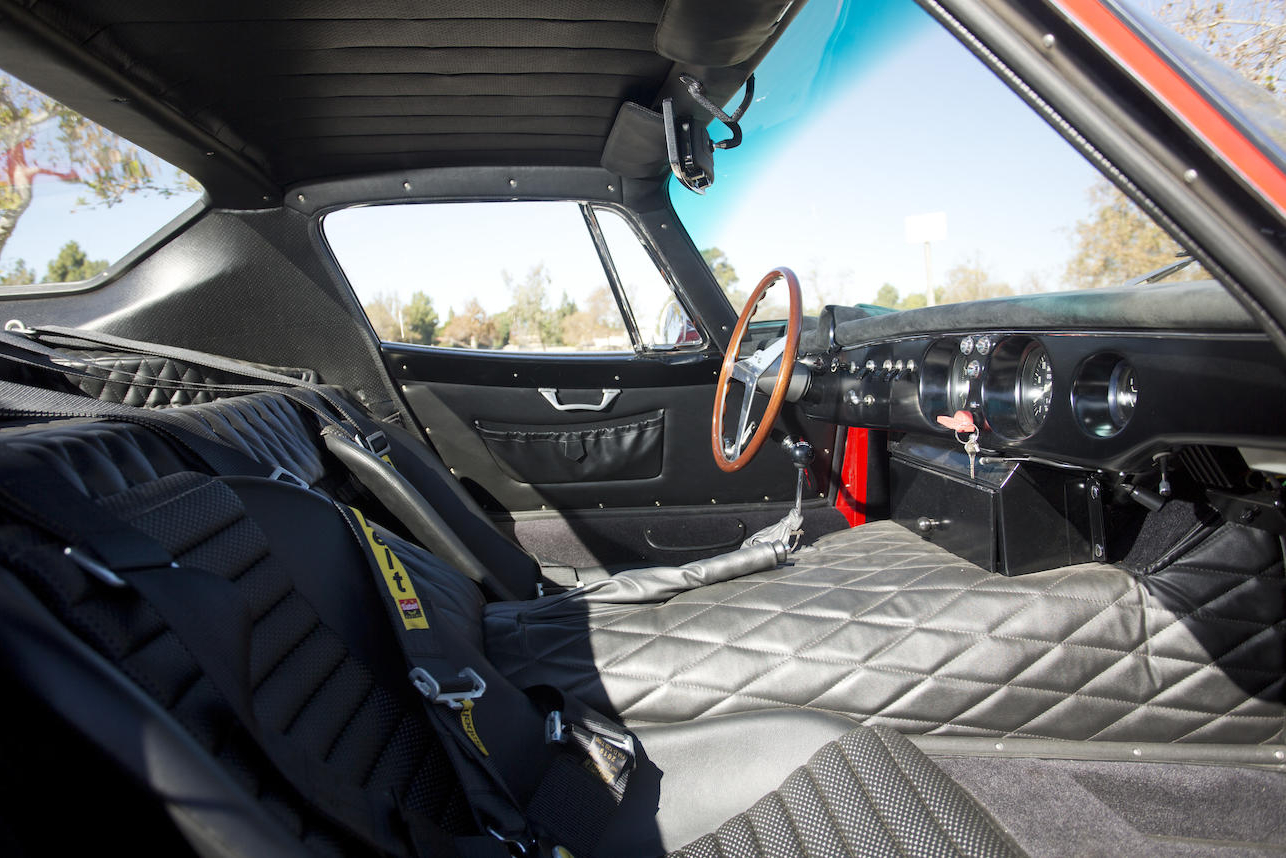
The cockpit gives the impression of being something one might expect to find in an aircraft. It is without doubt a perfect “office” for a gentleman competition driver. The dashboard layout is quite unusual and worth a closer look.
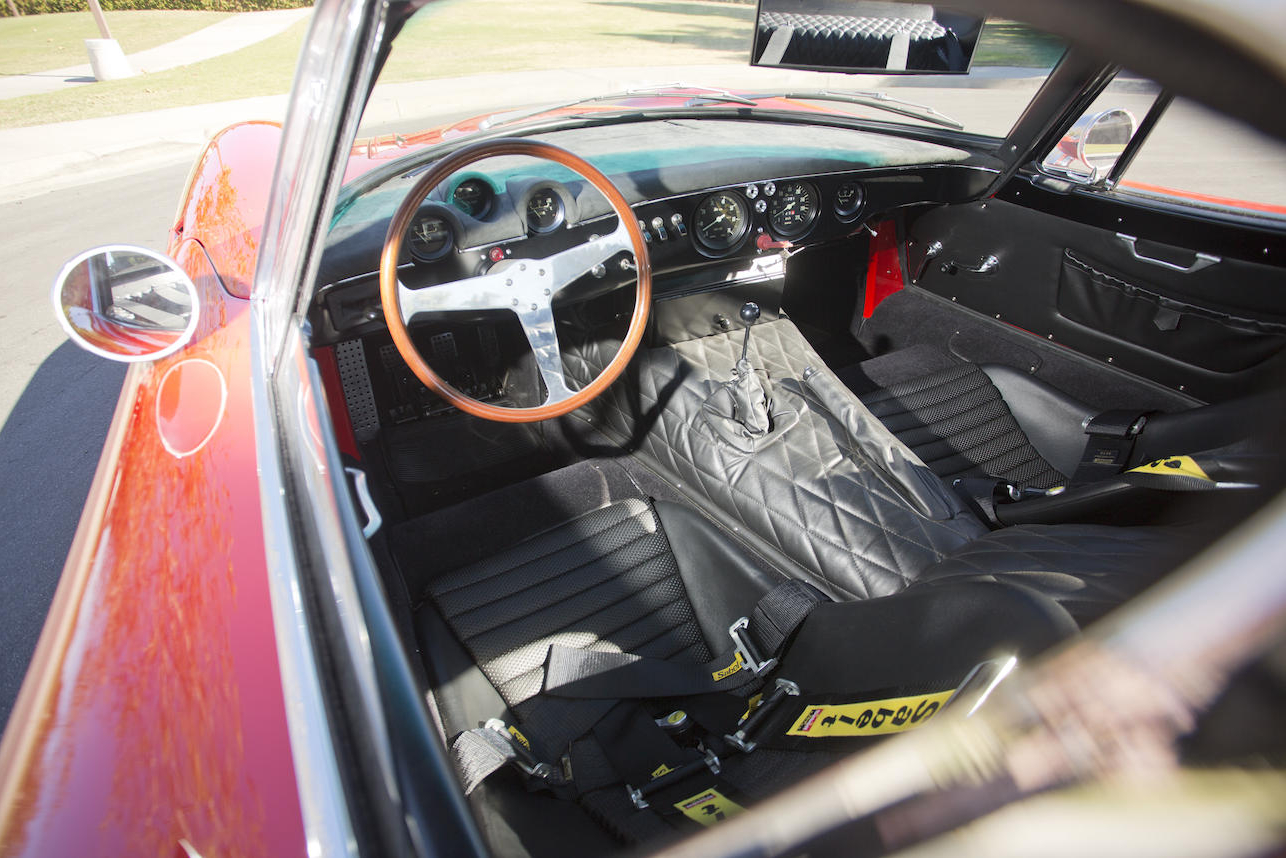
Looking at the dashboard you will note that the three instruments directly in the driver’s line of sight are (from left to right) oil temperature, oil pressure and water temperature, the three things the driver’s eyes and ears cannot detect a problem with before its too late. The tachometer and speedometer are located to the right out of the driver’s line of sight because the driver’s eyes and ears should be telling him his engine revs and speed.
The practicality of this layout can be seen in the first thirty seconds of the following short video.
[youtube id=”SWsW317lu94″]
The only shame with that video is the overlaying of a rock music track at the end whereas most of us would rather just listen to the gorgeous music being piped out of that 327cu in Chevrolet V8. One can never hear enough V8 music can one!

The bodywork of our feature car was constructed by Piero Drogo’s Carrozzeria Sports Cars in Modena. The Drogo constructed cars feature riveted body panels which tend to add to the impression of utilitarian purposefulness created by them. Only about twenty such cars exist. Although Renzo Rivolta of Iso and Giotto Bizzarrini worked in partnership to create the Iso Grifo A3 Competizione in reality Renzo Rivolta was primarily interested in promoting his luxurious road going Iso Grifo A3/L. Giotto Bizzarrini was interested in making cars that were competition oriented.
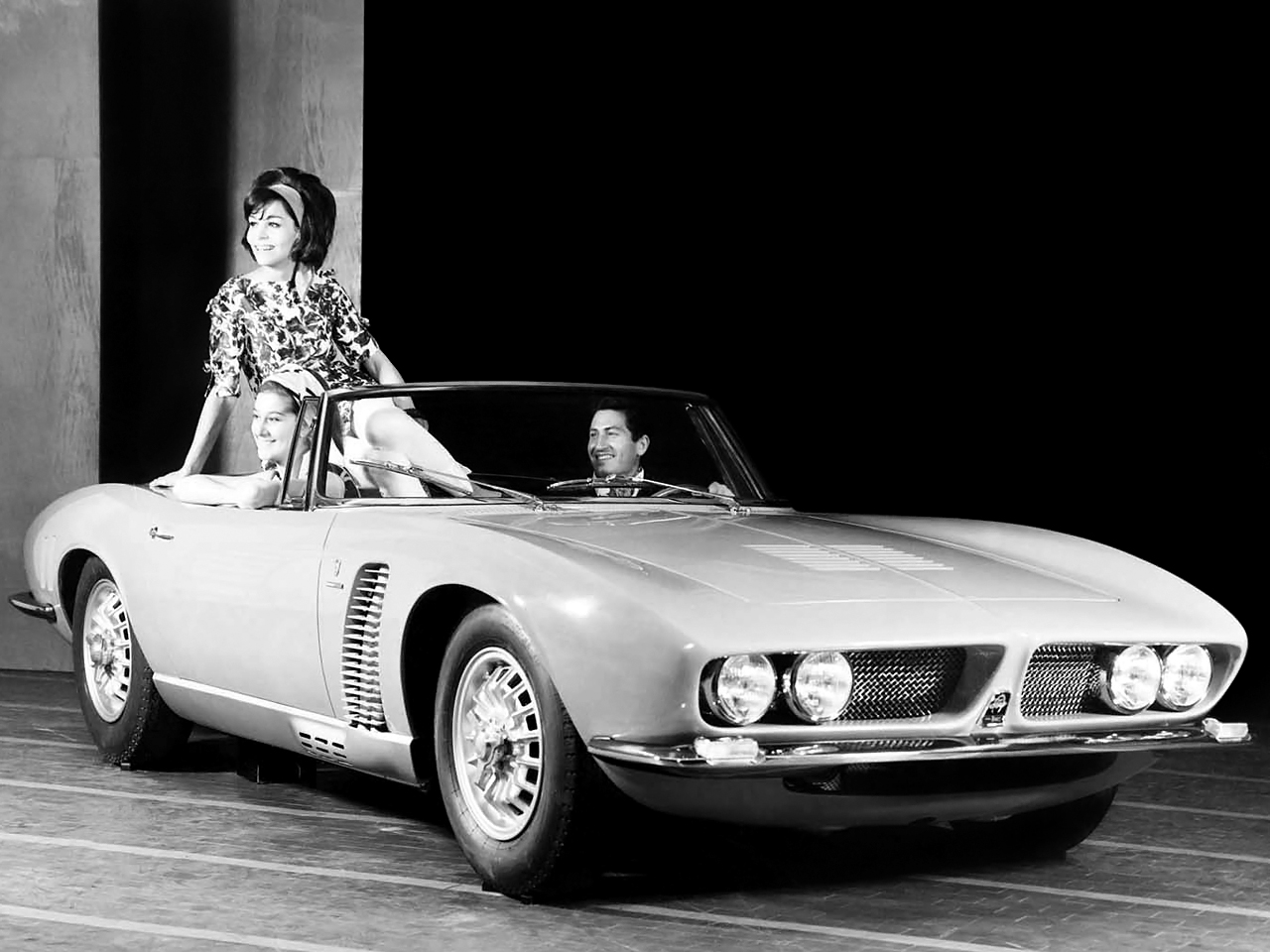
Eventually Renzo Rivolta and Giotto Bizzarrini agreed to go their own ways and Bizzarini began selling the cars under his own name as the Bizzarini GT 5300 Strada in Europe and the Bizzarini GT America in the United States. Technical specifications remained pretty much the same but Giotto Bizzarrini moved to a different coachbuilder Salvatore Diomante whose business was initially called Carbondio and later changed to Autocostruzione SD of Torino. It was Salvatore Diomante who gave the Bizzarrini cars a touch of more refinement, the rivets of the Drogo construction were gone for example, although some of us prefer the Drogo riveted cars. Diomante later became the foremost restorer of these cars and our feature car is an example of his work having been restored in 2012.
The technical specifications of our feature car are as follows:-
Engine no. 129-F12183Q
4 Twin Weber Carburetors
420bhp at 5,400rpm
4-Speed Manual Transmission
4-Wheel Independent Suspension
4-Wheel Hydraulic Disc Brakes

Jon Branch is the founder and senior editor of Revivaler and has written a significant number of articles for various publications including official Buying Guides for eBay, classic car articles for Hagerty, magazine articles for both the Australian Shooters Journal and the Australian Shooter, and he’s a long time contributor to Silodrome.
Jon has done radio, television, magazine and newspaper interviews on various issues, and has traveled extensively, having lived in Britain, Australia, China and Hong Kong. His travels have taken him to Indonesia, Israel, Italy, Japan and a number of other countries. He has studied the Japanese sword arts and has a long history of involvement in the shooting sports, which has included authoring submissions to government on various firearms related issues and assisting in the design and establishment of shooting ranges.

